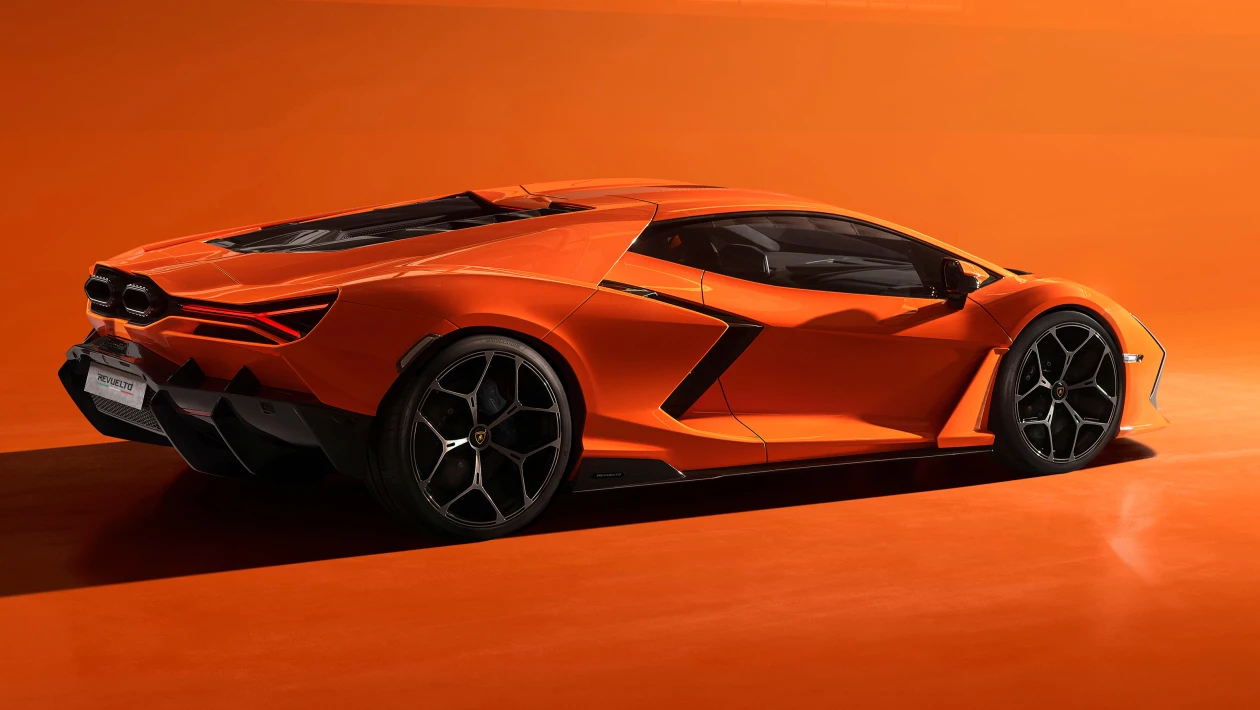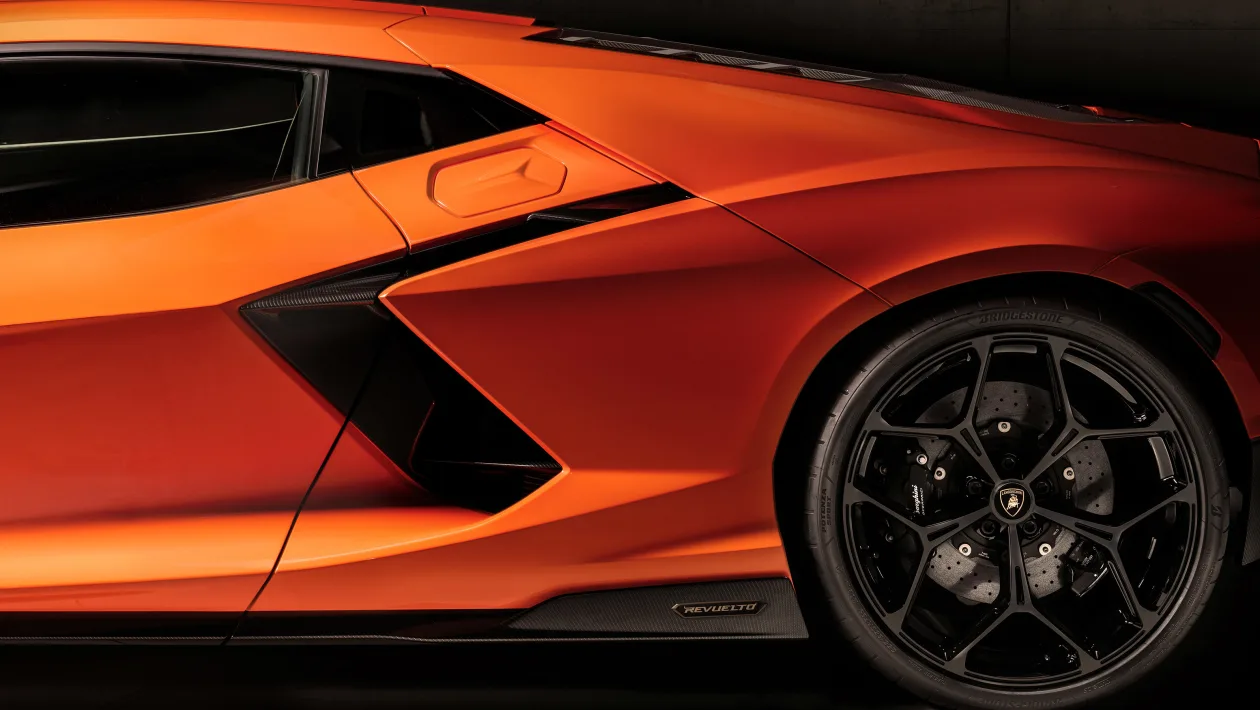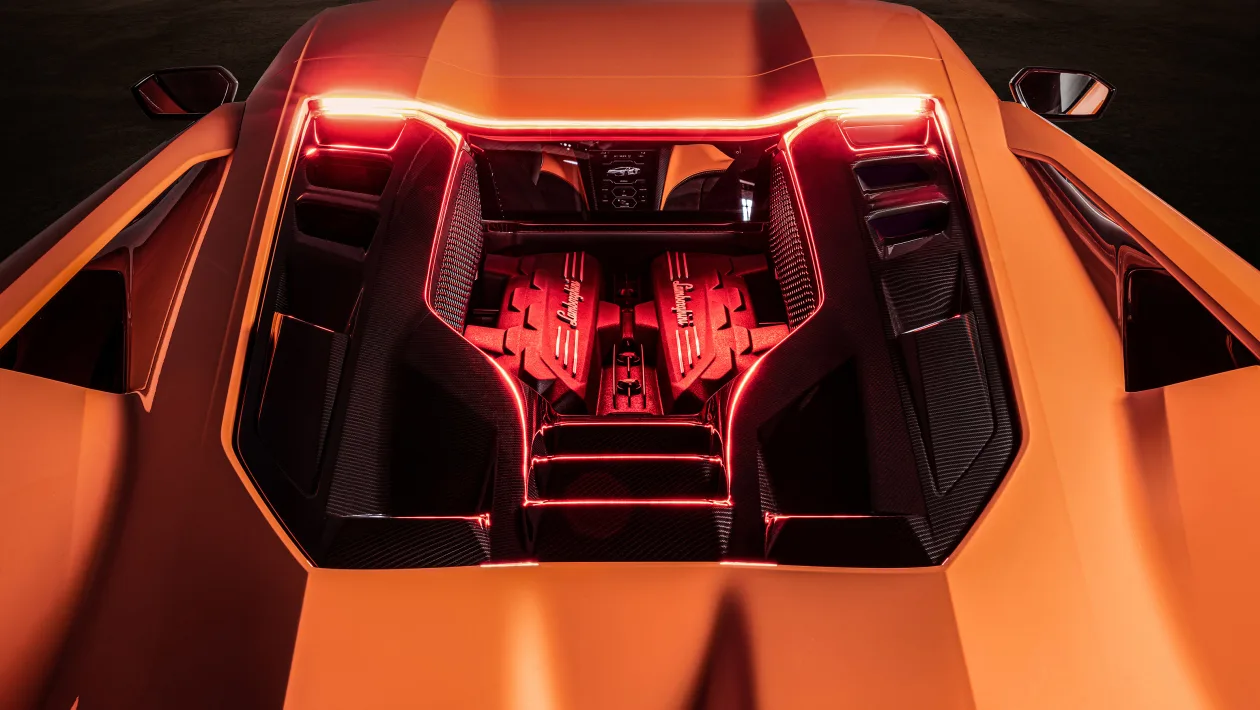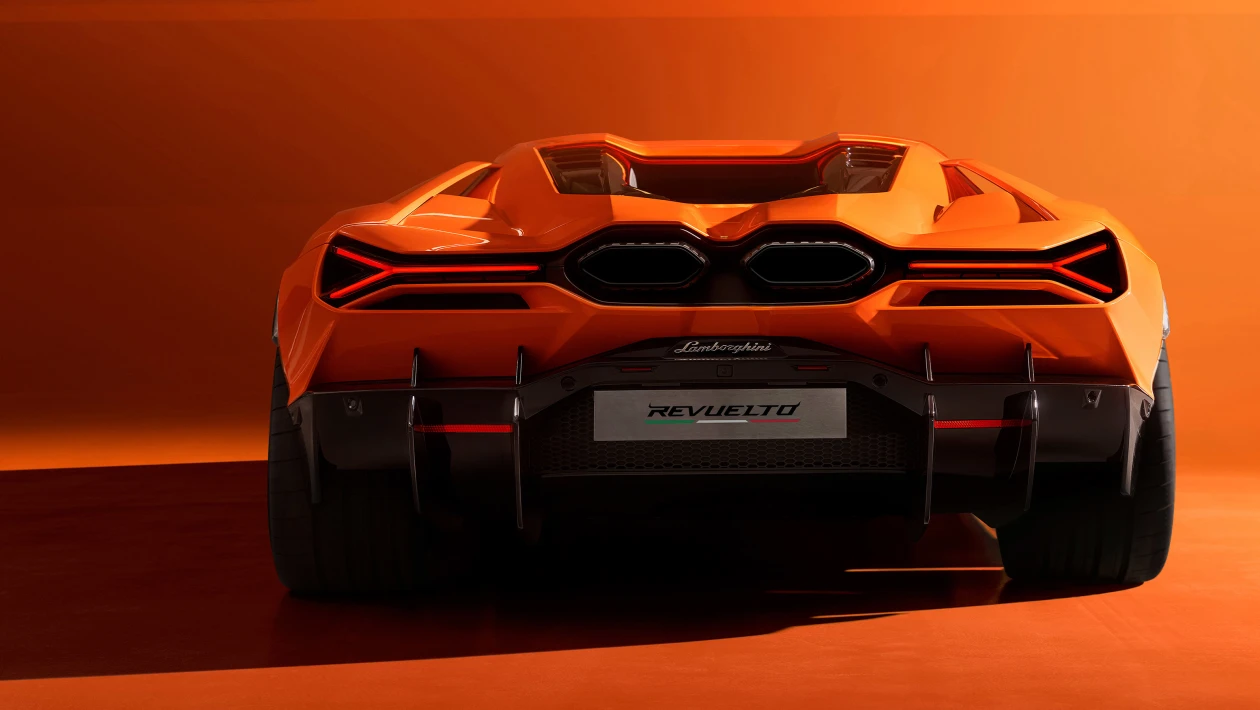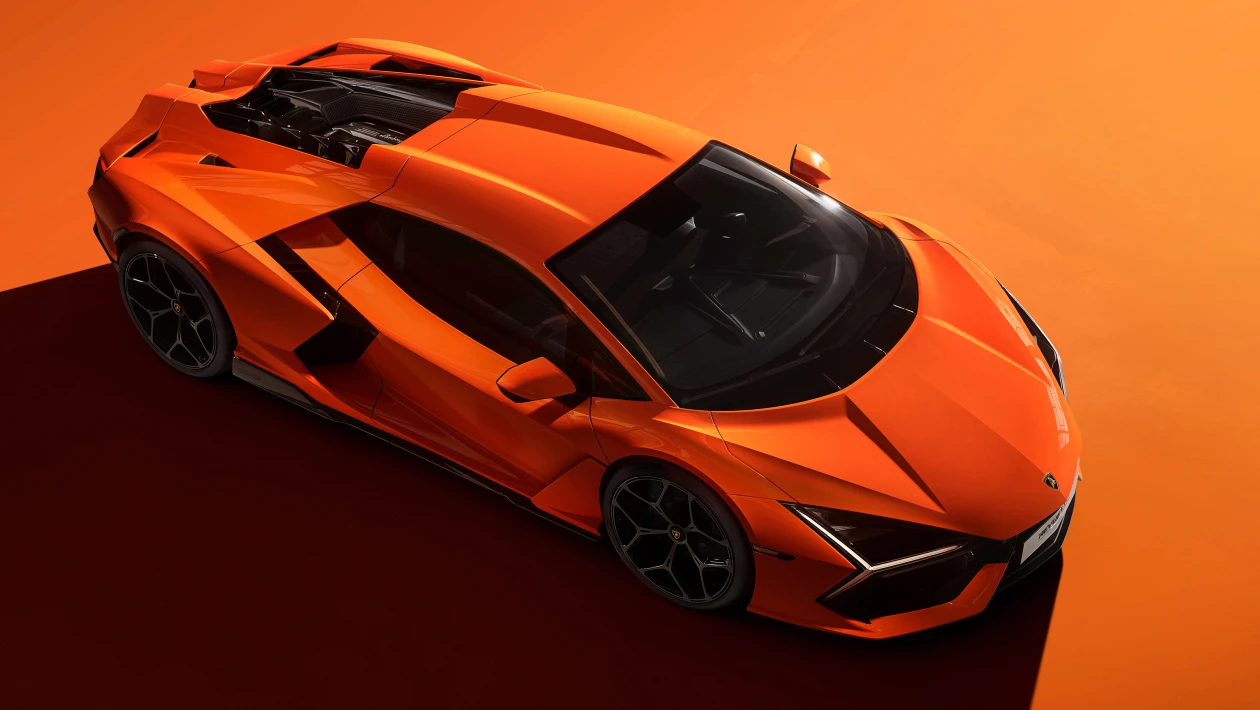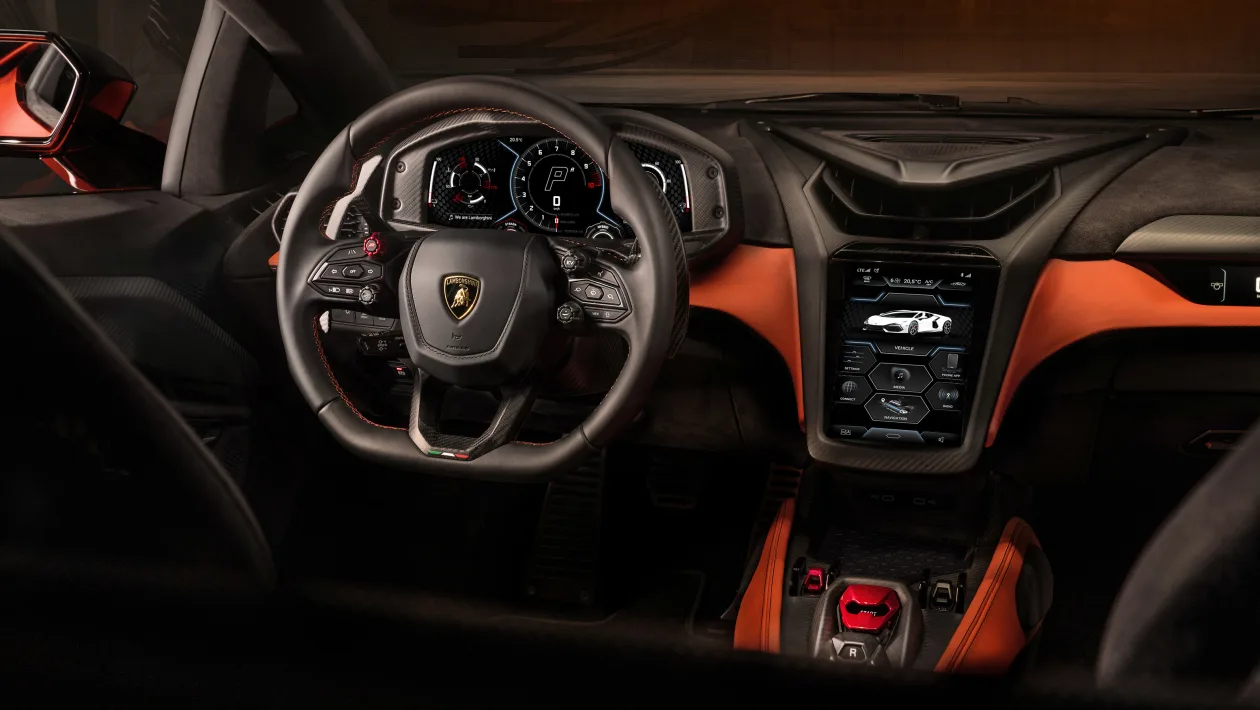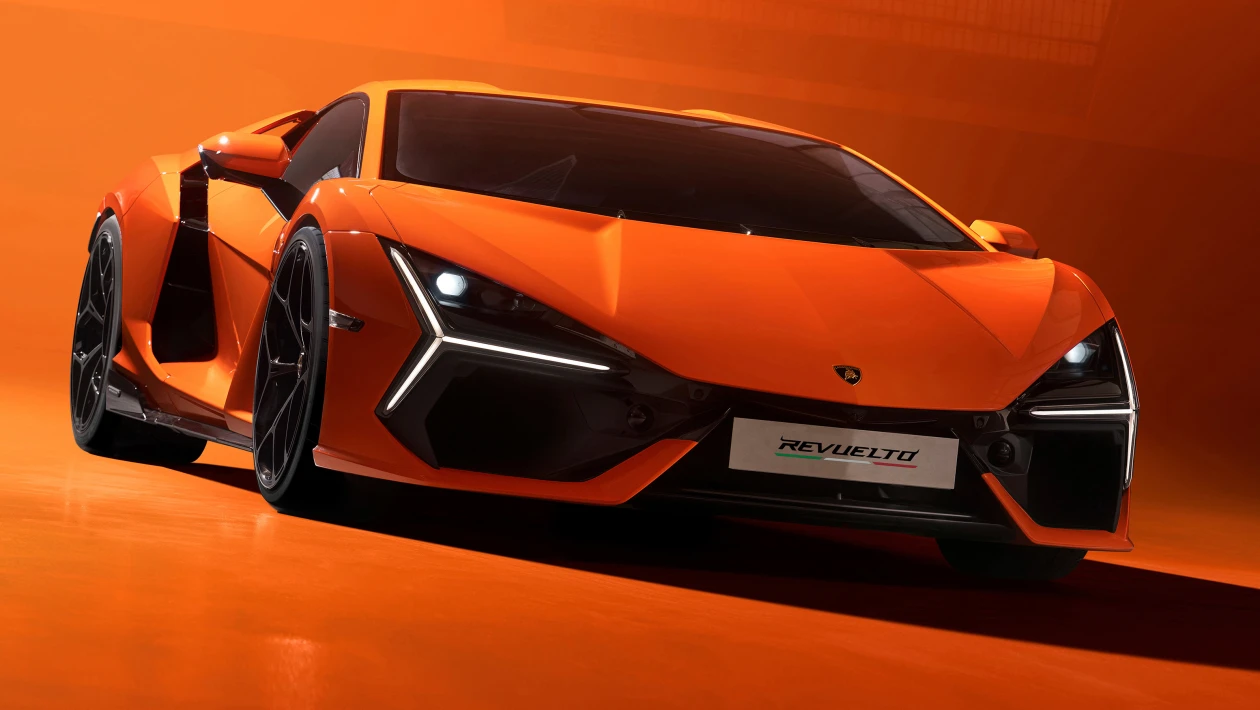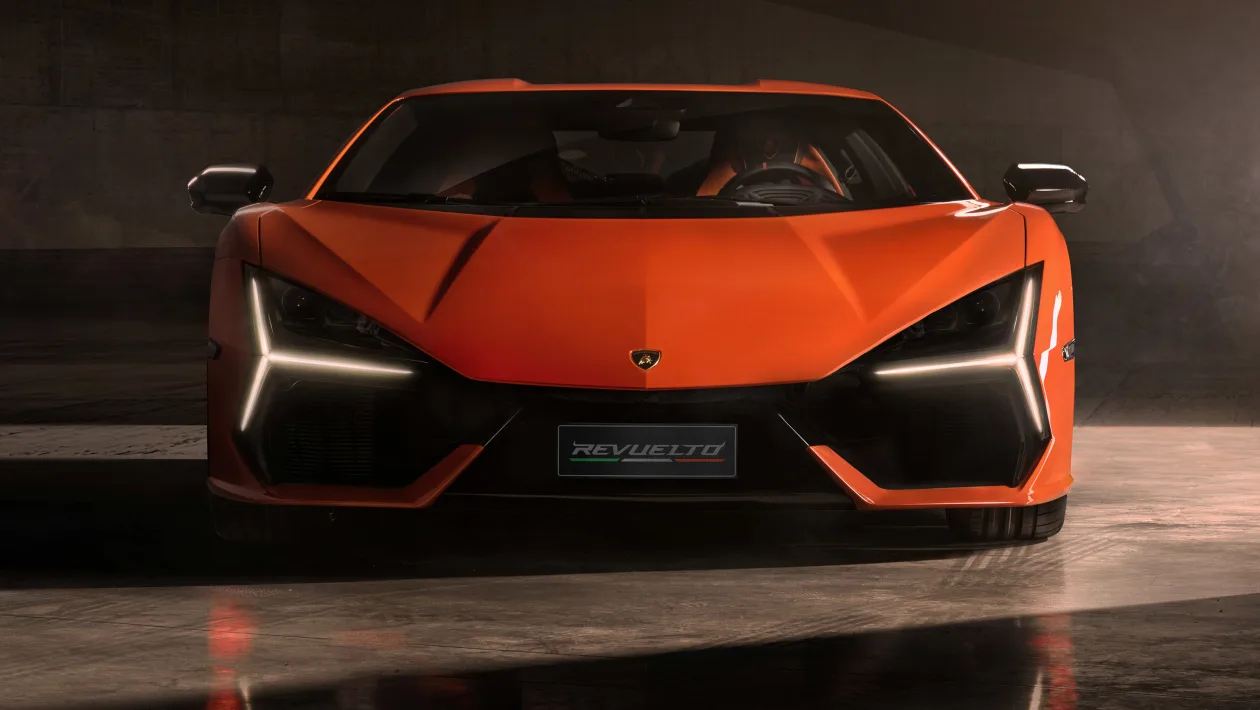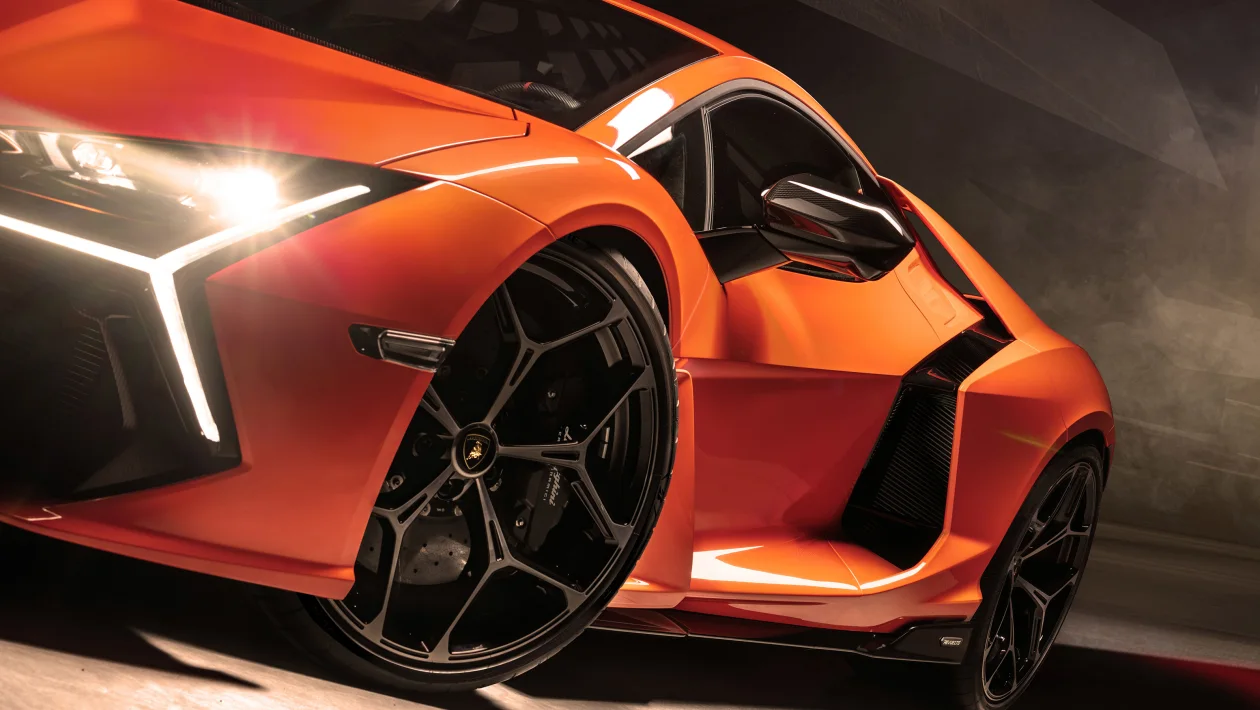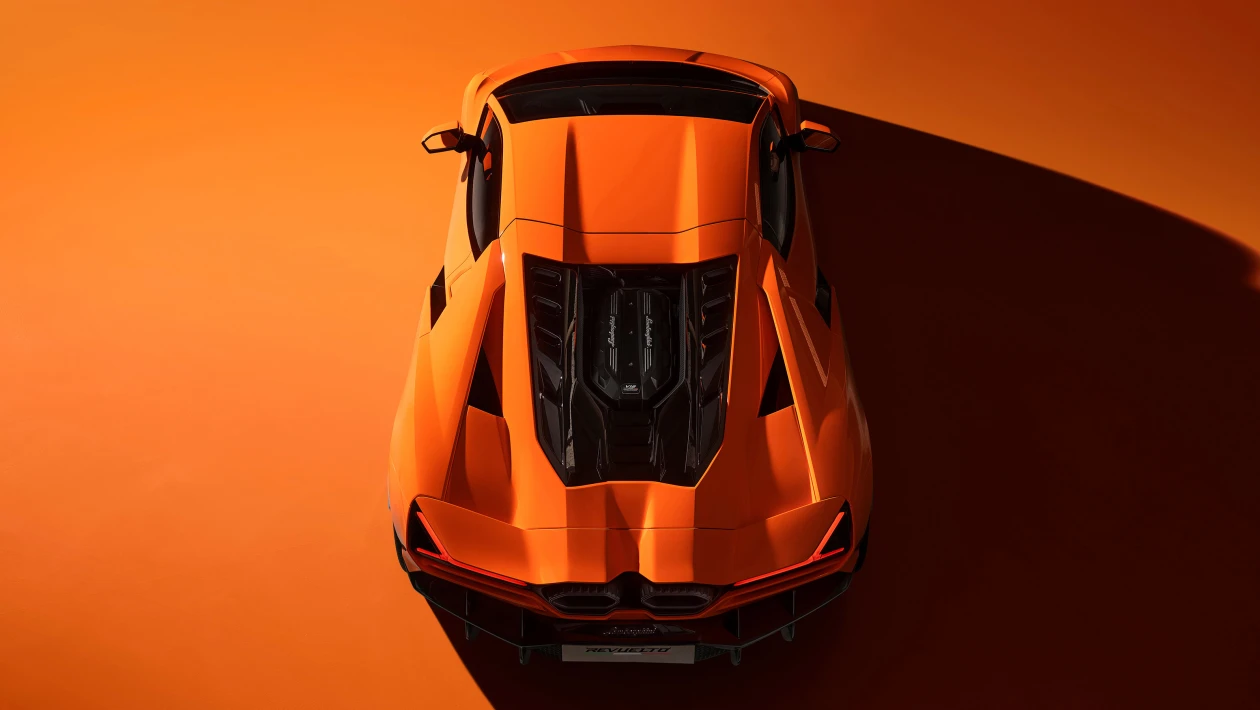Head of design for the Lamborghini Revuelto, Mitja Borkert gives the inside story about the new flagship supercar.
After years of speculation, the new Lamborghini Revuelto has finally been revealed, and we spoke with Lamborghini’s head of design Mitja Borkert to hear how he and his team went about shaping the latest in the legendary line of V12 supercars which began with the Miura, and succeeds the Aventador.
This is the story of how the Revuelto’s design took shape, in his own words.
Back at the beginning…
‘When [former head of Volkswagen Group design] Walter de Silva asked me to go to Lamborghini, it was clear that my job was to create the new generation of the super sports car. So from the first day I arrived at Centro Stile in 2016, I gave this mission to the team and also prepared myself.
‘In the beginning, let’s say I have [an overall] vision of what the car should look like in my head. Then we start sketching and I’m formulating with the team a little bit: “should the car be longer or shorter, should it have wings or no wings,” and so on.
‘I said, “let’s hammer out some ideas.” It turned out that we would do the biggest design ideation of all times done here in Sant’Agata. Whenever an idea was ready, or half-ready, I said, “let’s mill it.” When I arrived here there were no models, so we started filling up the room with third-scale models. We did 17 designs [as exploratory models].
‘I was even asking other designers that I respect [for proposals] also. We did maybe eight or ten in-house proposals but then I also asked designers within the Volkswagen Group, I even asked ItalDesign to do something, and also went to some designers that are not even in the automotive world, such as a designer in California working in the gaming industry. I was asking everyone!
‘And, at the end of the day I’m proud for our team here in Centro Stile: [because] in the end we selected the design we did here. And not out of selfishness for us!’
The key themes: hexagons, ypsilons and celebrating the engine
‘The idea of the hexagon exhaust pipe: when I saw that in one of the models I said, “this is the one” – the boldest visualisation of the engine and the exhaust.
‘And at that time I was [also] thinking, “when all cars are becoming electric, is the exhaust some [kind of] dinosaur theme?” But, in the end, we decided to celebrate the engine and those exposed exhaust pipes.
‘The car is following our design DNA, following the silhouette line that we have, and the sculpture you see in the front view of a Lamborghini.
‘Then, developing the side, we had Y-shape in the front, Y-shape in the rear, Y-shape in the side. So we had this nice rhythm of the Y-shape around the car.
‘The idea of the Y, ypsilon, shape was there from the beginning: I understood this is a signature of Lamborghini and I need to use it in a very bold way.’
Time to refine
‘It then took the upcoming years to modify, to adjust, to improve the shape. A design project is never really constant; also here in our case we started pre-development a bit earlier.
‘So we developed [the design] over time, and at the right time we milled a full-size model. Then this full-size model constantly got improved – because we then went to the windtunnel, we had to modify the aerodynamics and the engine’s thermodynamics. It’s breathing a lot of hot air, so it needs to breathe out.
‘Being in the windtunnel together with the aerodynamics geniuses – it underlines the togetherness of us as a company, and of the design process. At the end of the day, if you are a good design team you can even improve the car [when changes need to be made] because it’s becoming more mature.
‘Then [you need to] productionise the car, determine the perfect mix of materials. This takes a lot of time.’
The interior: choosing a strong theme
‘We said it could be really cool to take this Y-shape also into the interior. I remember saying, “the car looks like a spaceship, and now you can find an alien-like interior inside.”
‘At Lamborghini we’ve not been so strong on the interiors as the exteriors – every car enthusiast can name every Lamborghini [exterior design] icon but maybe cannot tell you what their interiors are like. But now with the Revuelto, together with the Urus and the next generation models, we have found the new design language of the interior.
‘The approach is that in every detail you will find the Lamborghini design language. Every button, door handle, mirror, should look like a sculpture itself.’
On feeling the weight of pressure…
‘Life is full of pressure! At the end of the day, I’m taking things quite naively sometimes – I know what I’m able to do and what my team is able to do. So in-house, outside, from customers, everywhere, there is pressure – but if you remembered this every day then you would have such a weight on your shoulders that you wouldn’t be able to sketch.
‘So that’s why I prefer to rely on what we know we are able to do, and if you are a professional designer then you work through the process. You do the models, and we spent many hours with my famous taping on the car: “Is this line fitting, is the nose fitting to the body side?”
On the challenges of integrating driver assistance tech…
‘To integrate the ADAS system, I think every designer can sing a song on this subject! It was an interesting challenge. In our case, we need to have the right distance control, and we have the Lane Assist [system] and the cruise control, which must adapt to countries like Switzerland or Arabia.
‘To integrate that into the front of a Lamborghini – I said, “wow, okay…” because you already have huge cooling and radiators on the outside, and in the centre you have a licence plate in different sizes. If you think about Japan, for example, the plate is quite big. So to keep this sharp nose and to integrate those elements was, let’s say, challenging.
‘I said from the beginning, “let’s make them [the sensors for the ADAS system] symmetrical,” because it would look really strange if you have just one round element on one side.
[Note: The Lamborghini Revuelto has a sensor pod on one side of its nose housing ADAS sensors, and a dummy pod, like a glass eye, on the nearside for symmetry.]
‘We decided to make them look rather like part of a torpedo [launch] housing, giving a little James Bond feel to them. When you look at them closely, there are some hexagon shapes. They are also done with careful respect to every detail.’
‘I’m pushing myself and I’m always saying “guys, after the first idea, please integrate the licence plate on the front, on the rear, think [about] the place for the parking sensors.”
‘We also have, for the first time, a 360-degree camera. You can imagine how much easier it is to park the car because of your view on the centre screen. It is [often] that you feel stressed when you’re parking a Lamborghini, because you often have an audience. If you don’t see where your nose is, and the people you know, all the influencers everywhere, have their phones [filming the car]! So if you don’t want to be the [viral video] star, you’re better [with this] system. So it’s good, modern technology.’
‘Also, we have radars underneath the skin, which was also quite challenging. When you back up we have this radar on the rear of the car, for if a bicycle is coming, for example. In a really incredible way we managed to put this on the surface between the rear tyre and the Y-shape. We realised the sensor has to have a flat surface; and cars today are full of those, of this technology. But if you integrate them early enough, you can achieve the quality line like we realised [on the show car].’
‘Designers are always in confrontation with critics. Things always need a little bit of time to develop.
‘It’s like some of the strongest songs for an artist are not the ones immediately played on the radio, sometimes. The big artists’ biggest hits are the ones that have five, ten, 20 years of history and we need to see cars [in that way] as well. They need to look stunning, cool, now, but I’m also looking ahead over the next ten or 20 years.
‘Something has to be balanced so that it also looks great in the future; you have to design for it to age as well.’




